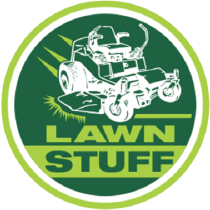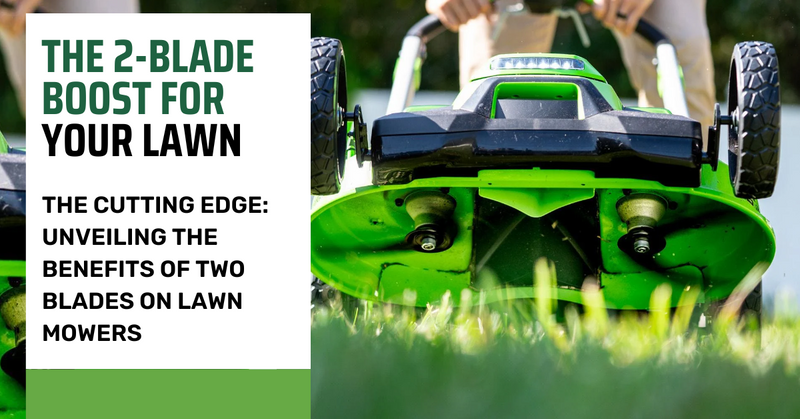

Is your trusty lawn mower making strange noises or feeling wobbly? It might be time to replace those worn-out wheel bearings. Don't worry, this step-by-step guide will walk you through the process, ensuring your mower is back in action in no time!
Why Wheel Bearings Matter

Wheel bearings are the unsung heroes of your lawn mower's smooth operation. They enable the wheels to spin freely, reducing friction and ensuring efficient movement. Over time, bearings can wear out due to dirt, moisture, and general wear and tear. This can lead to a variety of issues:
Before You Start
Gather the necessary tools and materials to make the process go smoothly:
Tools:
Materials:
Safety First
Working on machinery always involves some risk. Take these precautions to protect yourself:
- Disconnect the Spark Plug: This prevents accidental starting while you work.
- Wear Gloves and Safety Glasses: Protect your hands and eyes from debris and sharp edges.
- Work on a Stable Surface: Choose a flat, level area to work on.
- Use the Right Tools: Avoid improvising with the wrong tools, as this can lead to damage or injury.
Step-by-Step Guide
1) Prepare the Mower:
- Disconnect the spark plug and remove the fuel cap to release pressure.
- Tip the mower on its side, ensuring the carburetor and air filter are facing up to prevent fuel or oil leaks.
- If your mower has a blade brake, engage it to prevent the blade from turning.
2) Remove the Wheel:
- Locate the wheel you want to work on.
- Use a socket wrench to loosen and remove the lug nuts or bolts securing the wheel.
- Carefully pull the wheel off the axle.
3) Access the Bearings:
- The bearing assembly might be held in place by a retaining clip, dust cap, or washer. Use pliers or a screwdriver to remove these components.
- Some mowers have sealed bearings that cannot be serviced. If this is the case, you'll need to replace the entire wheel assembly.
3) Remove the Old Bearings:
- If the bearings are pressed into the wheel hub, you'll need to use a hammer and a punch or drift to carefully tap them out. Work your way around the bearing, tapping evenly to avoid damaging the hub.
- For bearings that slide onto the axle, gently pull them off.
3) Clean and Inspect:
- Thoroughly clean the wheel hub and axle with a rag or paper towels.
- Inspect the hub and axle for any signs of damage or wear. If you find any cracks or bends, it's best to replace the entire wheel assembly.
4) Install the New Bearings:
- Apply a thin coat of grease to the new bearings.
- Carefully press or slide the new bearings into place. Make sure they are fully seated and aligned correctly.
- Reinstall any retaining clips, dust caps, or washers.
5) Reassemble the Wheel:
- Slide the wheel back onto the axle.
- Hand-tighten the lug nuts or bolts, then use a socket wrench to tighten them securely.
- Don't overtighten, as this can damage the bearings or wheel.
6) Repeat for Other Wheels:
- If needed, repeat the process for the other wheels on your mower.
7) Test the Mower:
- Reconnect the spark plug and refill the fuel tank.
- Start the mower and listen for any unusual noises.
- Push the mower around to ensure the wheels spin freely and smoothly.
Tips for Success
- Take Your Time: Rushing can lead to mistakes and potential injury. Work slowly and methodically.
- Reference Your Owner's Manual: Your mower's manual might contain specific instructions or diagrams for your model.
- Grease is Your Friend: Use plenty of grease on the new bearings to ensure smooth operation and longevity.
- Replace Both Bearings: Even if only one bearing is showing signs of wear, it's best to replace both on the same wheel to maintain balance and prevent future issues.
- Consider Professional Help: If you're uncomfortable working on machinery or encounter any difficulties, don't hesitate to seek help from a qualified repair shop.
Conclusion
Changing wheel bearings on a lawn mower might seem daunting, but with the right tools, information, and a bit of patience, it's a task you can tackle yourself. By following this guide, you'll not only save money on repairs but also gain the satisfaction of keeping your mower in top shape for years to come.
Remember: Regular maintenance is key to a long-lasting and efficient lawn mower. Keep those bearings greased, blades sharp, and engine tuned, and your mower will reward you with a beautifully manicured lawn every time!










